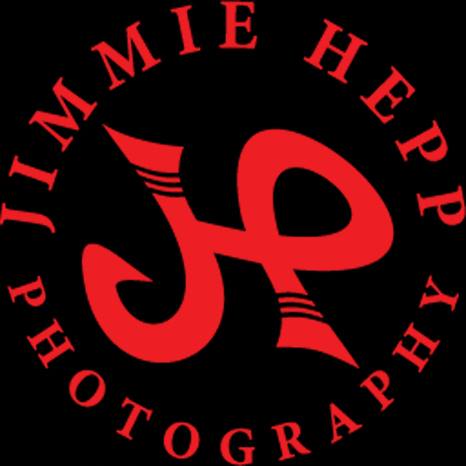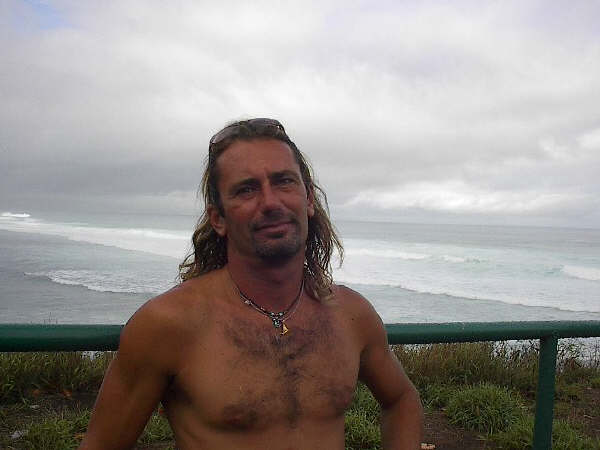
My second downwind attempt was even worse than the first one. The water was just too rough to even catch a glide on a bump on the inside of the reef (trust me, you didn't want to cross it). I did get the foil out once, but it was by complete chance as a big bump appeared behind me and pushed the board making the foil come out, but I was unprepared and managed to control it just for a few yards before falling. My next attempt will be in Kihei, whenever the conditions will arise. In the meantime, foiling on small waves remains a lot more fun way to practice.
Talking about practice, tons of windsurfers are doing that at Hookipa in view of the upcoming Aloha Classic of which I'm happy to report the press release:
Riders are set to travel from across the globe for the final, and biggest, event of the 2017 IWT season which takes place from October 29th until November 12th.
Here's a photo by Jimmie Hepp from this gallery that shows the remarkable size of the waves.

4am significant buoy readings
South shore
W
5ft @ 14s from 101° (ESE)
SW
4.3ft @ 15s from 151° (SSE)
SE
3.7ft @ 15s from 176° (S)
Solid numbers at the outer buoys. As usual, disregard completely the directions, as they are influenced by the very strong windswell hitting the buoys. Without local south facing buoys (like Barbers and Lanai), the only way to guess the direction of a south swell is to remember the position of the fetch. Below is the collage of the maps of October 8,9,10 and 11 that shows that we're now receiving the angular spreading of a massive fetch aimed at Central America, while later on we'll receive a more direct swell from a smaller fetch oriented towards us.

"but you don't say how big it's gonna be!" is a comment I hear often about my analysis.
Well, the buoys tell us what's in the water. In this case it's a 4-5f 14-15s swell and that would make for well overhead waves in case of a direct hit. But Maui has Kahoolawe blocking some of the southerly energy, so the real size will depend a lot on that. I don't feel like guessing it, specially because we don't have exact information about the direction. The beach reports are the ones that report the observed size. In the meantime, just live with the information provided: there's gonna be waves on the south shore today.
North shore
Waimea
3.6ft @ 14s from 321° (NW)
Mokapu
8.8ft @ 10s from 58° (ENE)
Pauwela is not reported again by the Surfline buoy page, but we can look at Mokapu (closest east facing buoy) to gather that the windswell is pumping at around 9f 10s. Is it still windswell at 10s?
Scientifically, there's no difference between wind and ground swell. It's just a convention to call it windswell when the period is below 10 and ground swell when it's above. And that does make for quite a few differences, which are explained in this article on Surfline.
As reported by the Waimea buoy, there's also a moderate NW swell in the water, which I forgot to mention yesterday (it wasn't showing yet at the NW buoys when I made the call).
The fetch that made it is in picture below from October 11.

So a pumping windswell and a moderate NW swell will make for another day of big rough waves on the north shore.
The waves will be rough because of the strong wind that will blow again as depicted by the wind map at noon.

North Pacific shows a NW and the windswell fetch.

South Pacific shows a strong fetch oriented towards South America of which hopefully we'll get some angular spreading. My faith in the angular spreading of big swells aimed somewhere else has increased lately, seen the waves we received in the past weeks out of fetches that were oriented similarly. This is not an exact science, you guys. That's why experience and local knowledge are so important in making the right call.

Morning sky.








No comments:
Post a Comment